Organic cathode material for high-capacity Li-ion battery with fast charge and discharge
Green Car Congress
NOVEMBER 26, 2012
Extended charge?discharge Organic materials for batteries have received much attention because of their beneficial properties such as light weight, flexibility and availability from easily accessible natural sources. Versatility of chemical structures is a benefit of functional materials based on organic molecules.


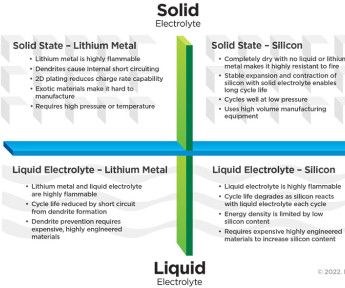








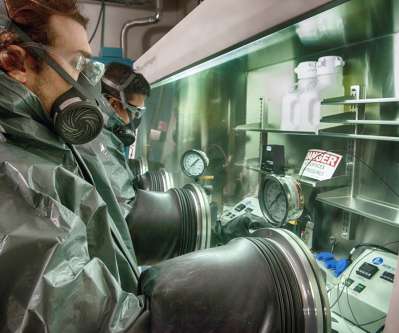










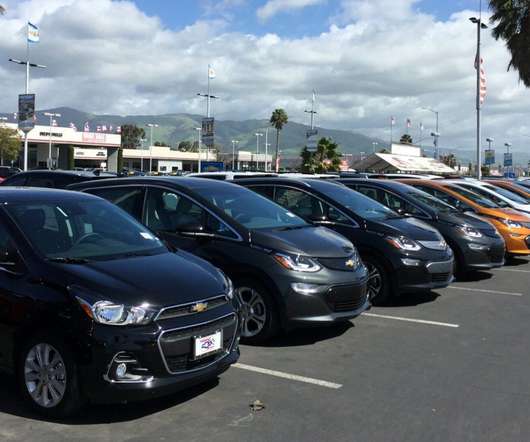
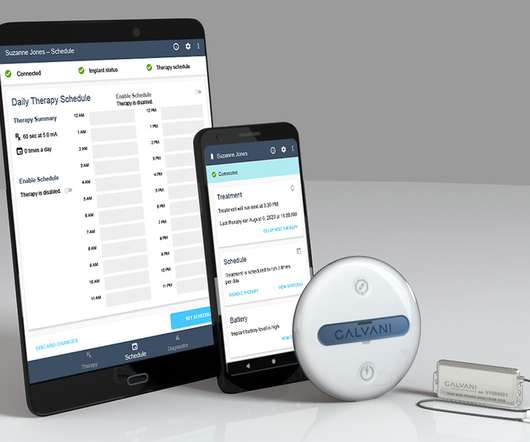









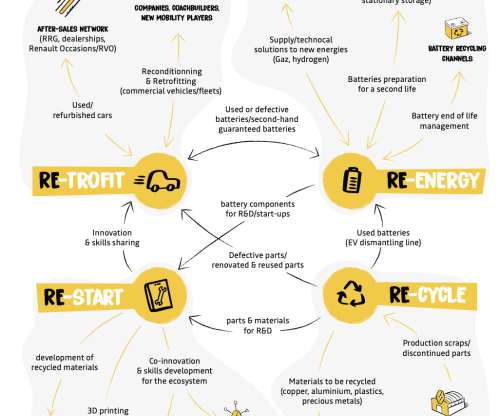






Let's personalize your content